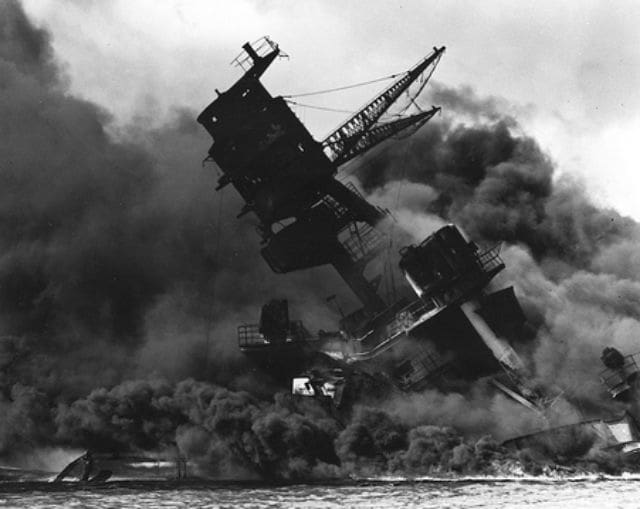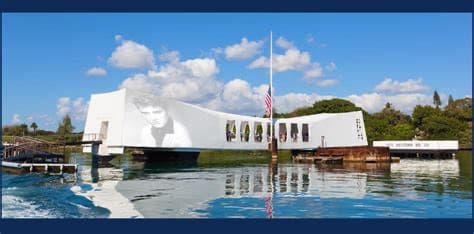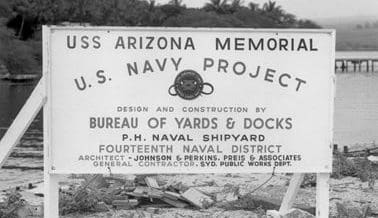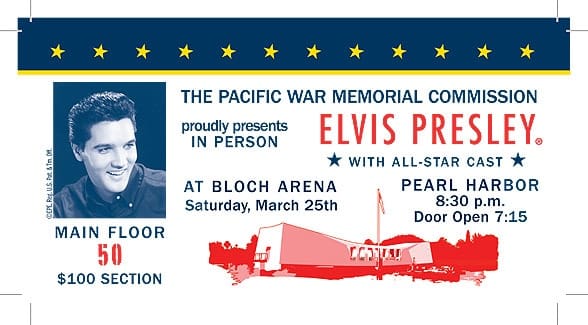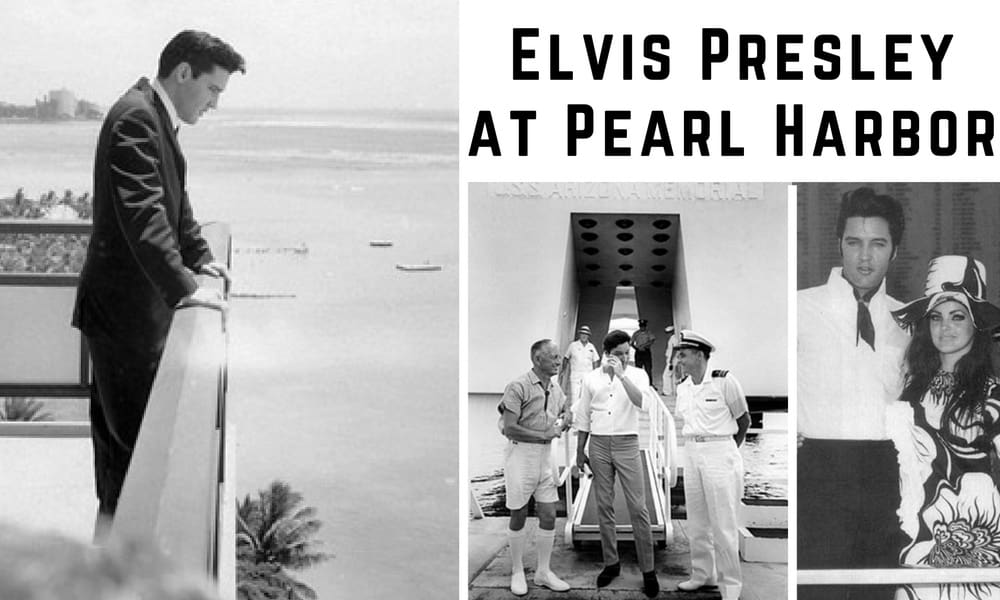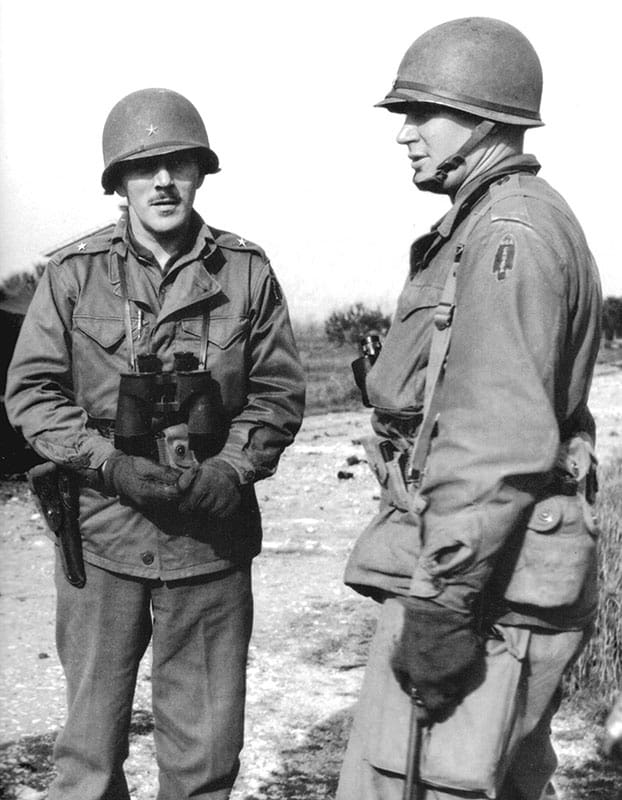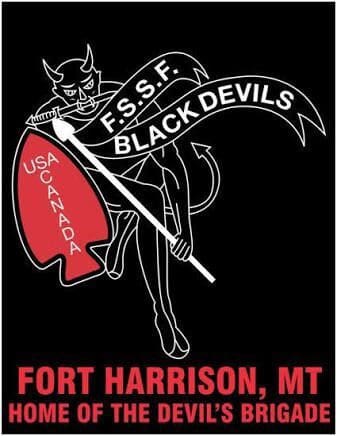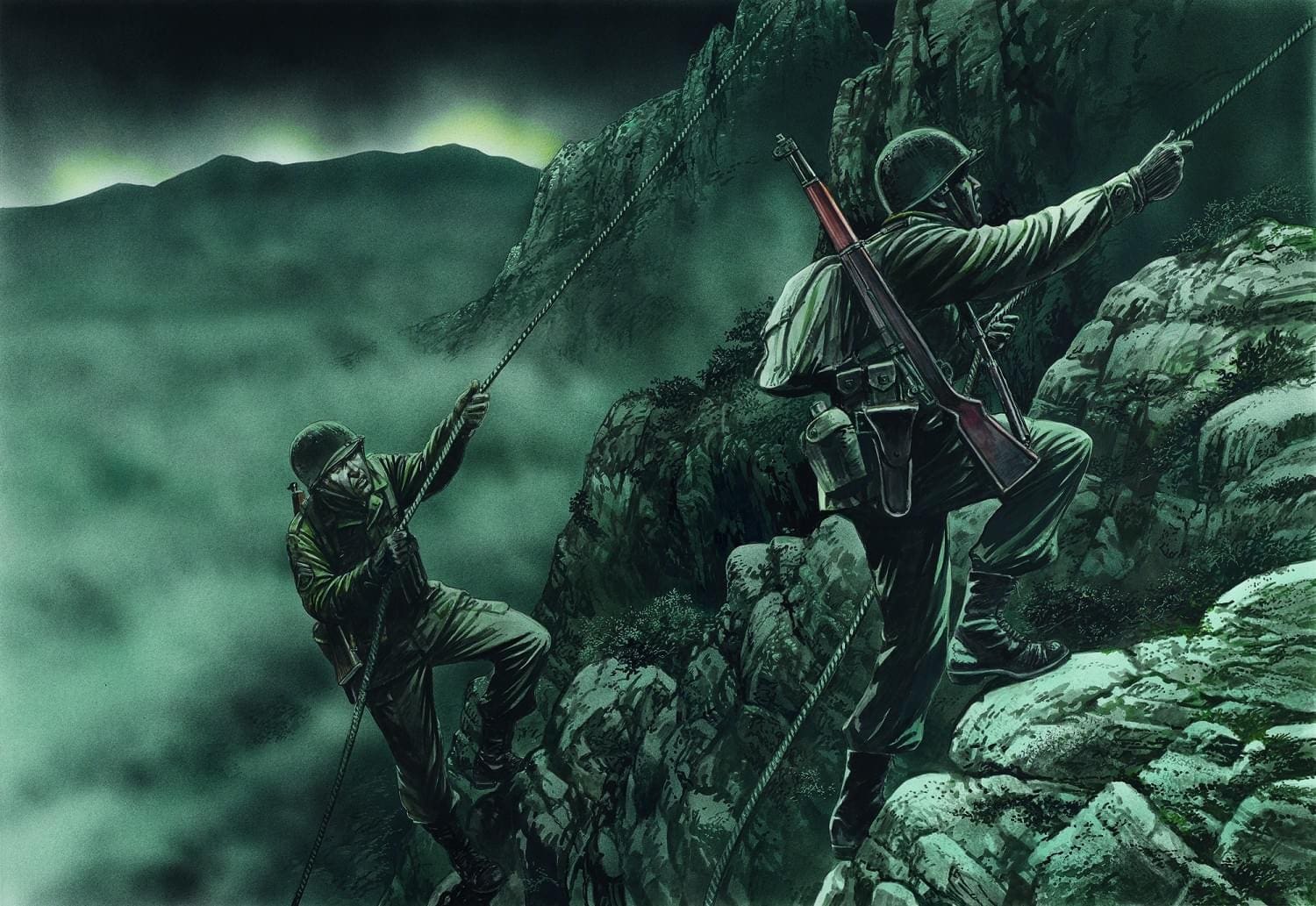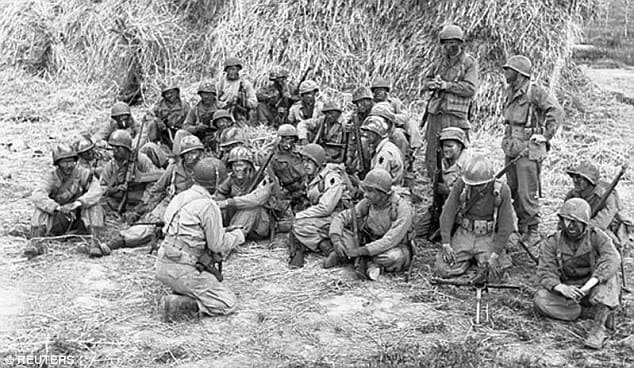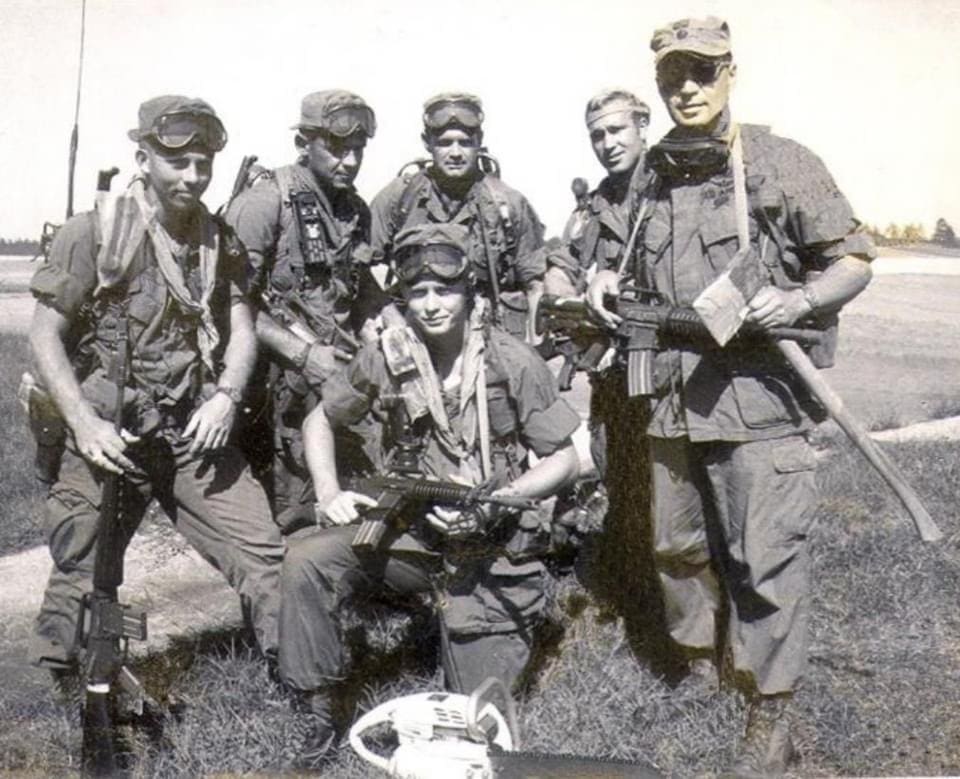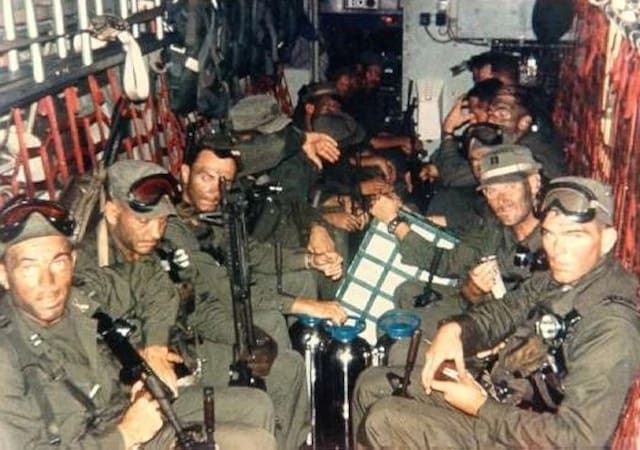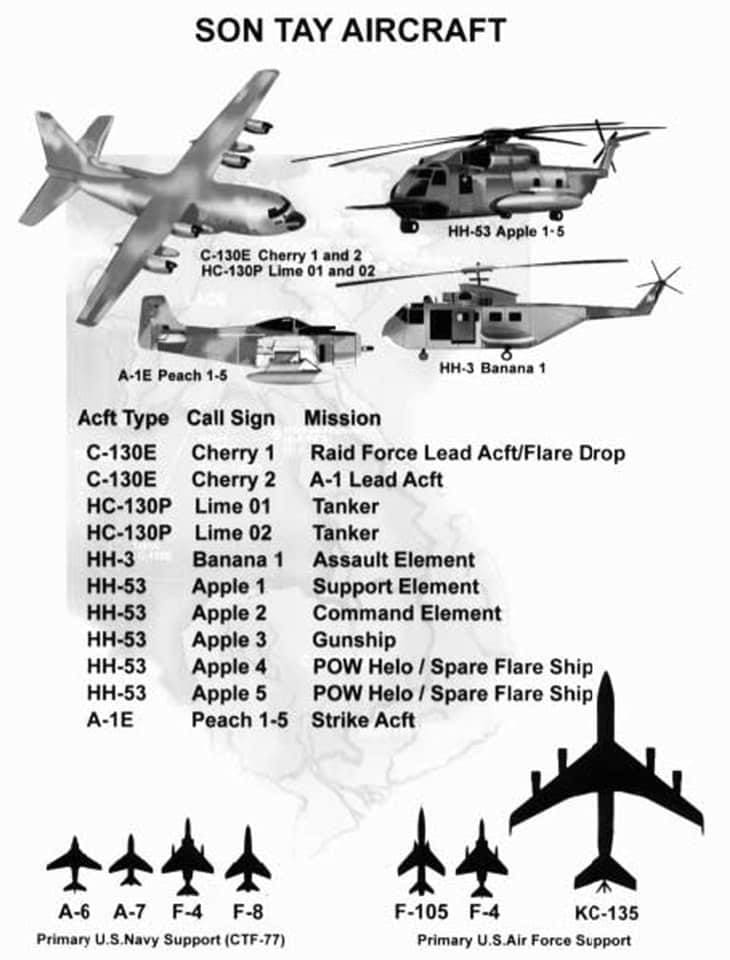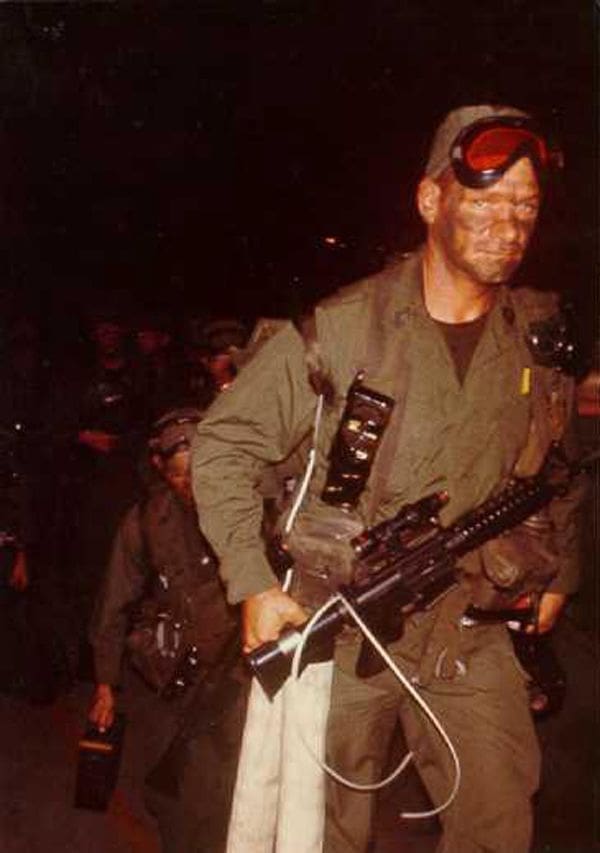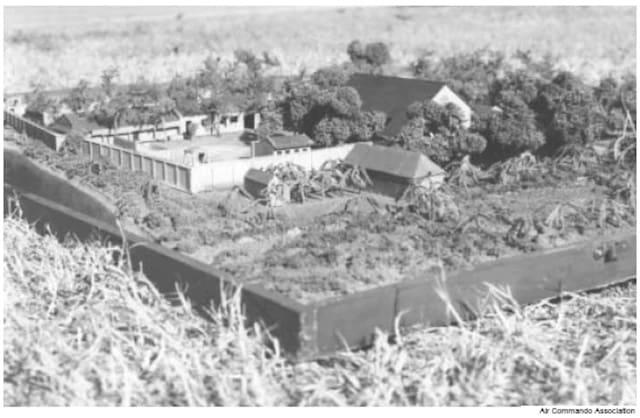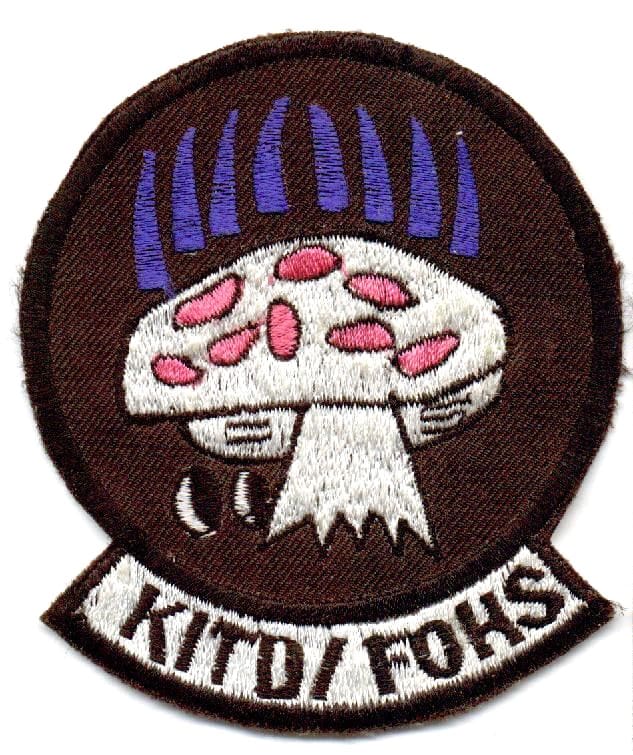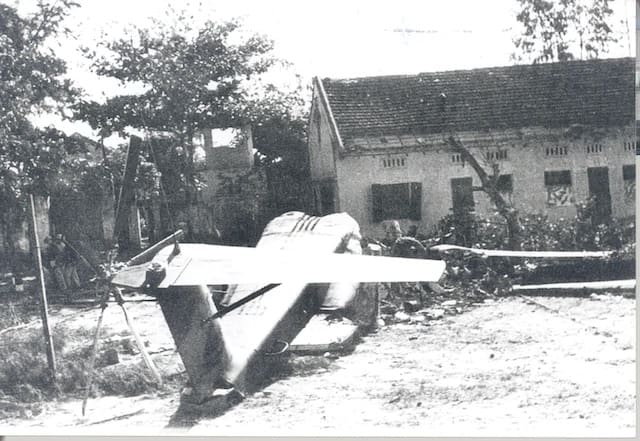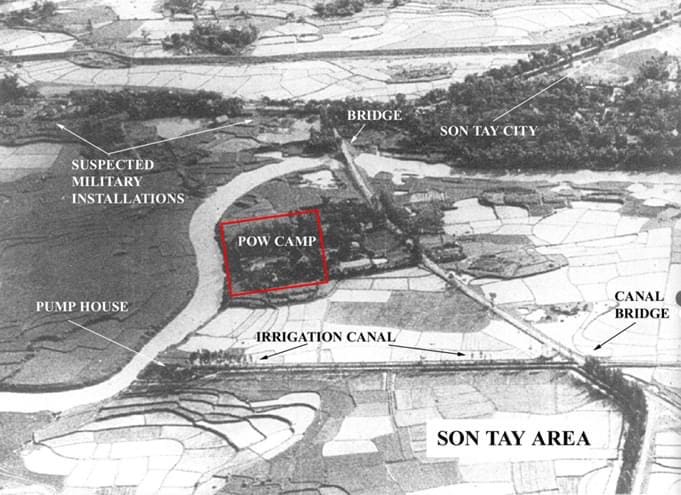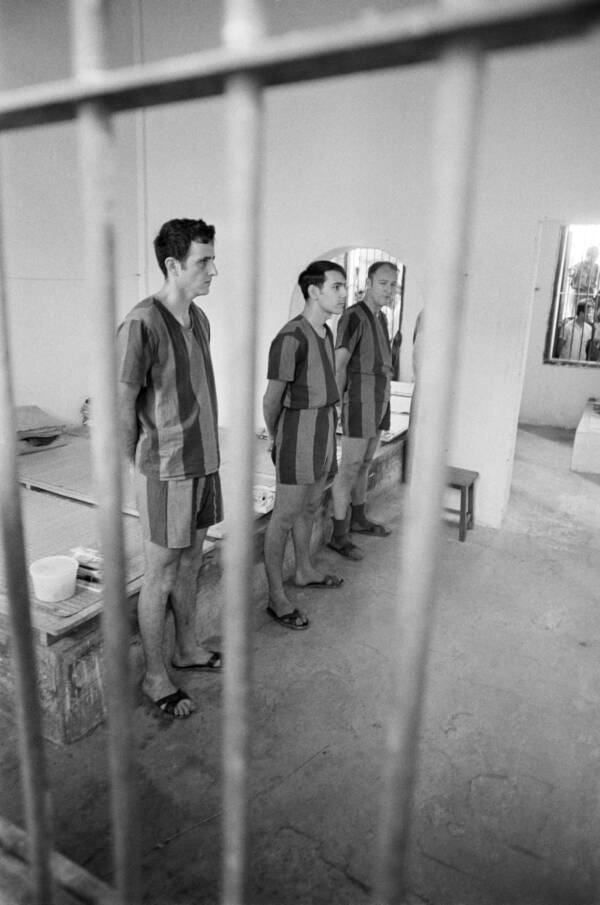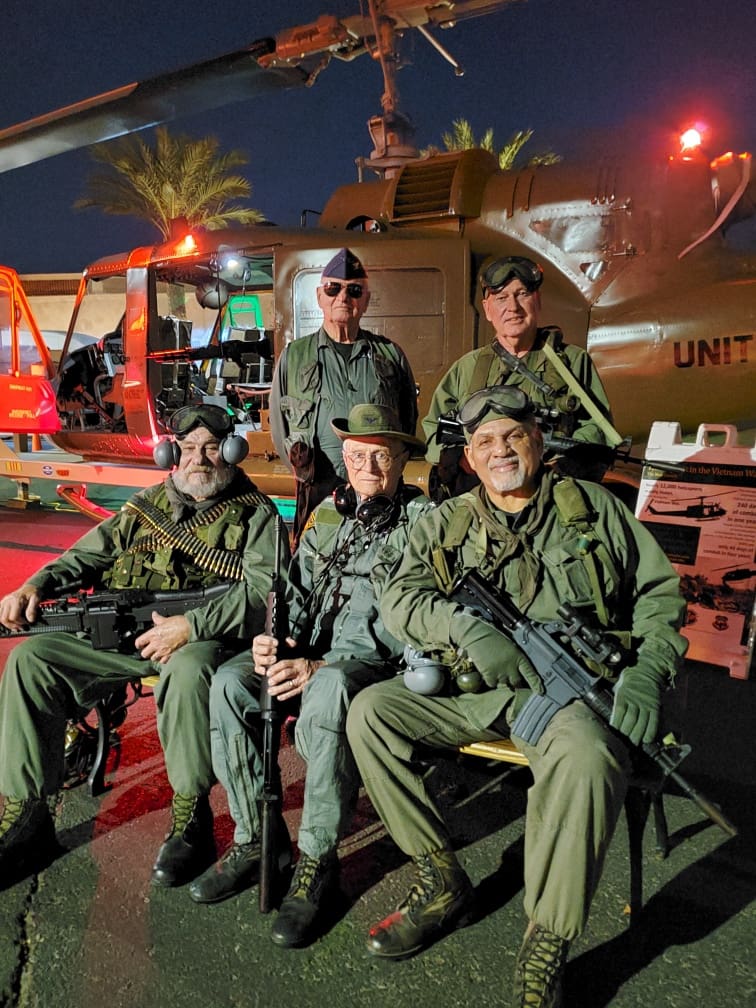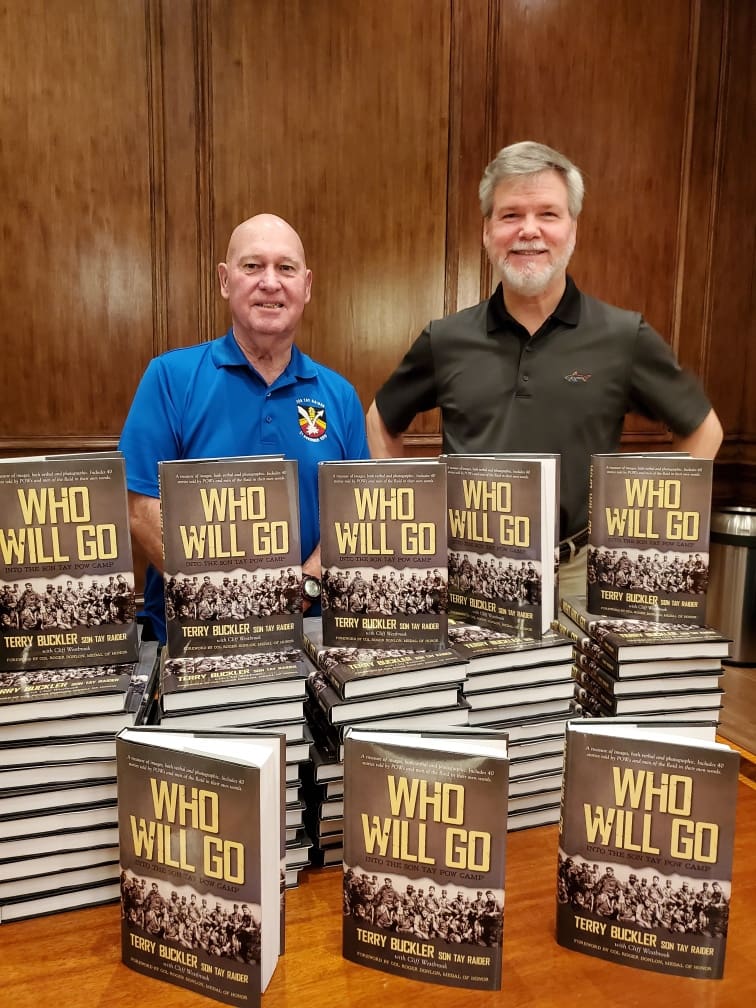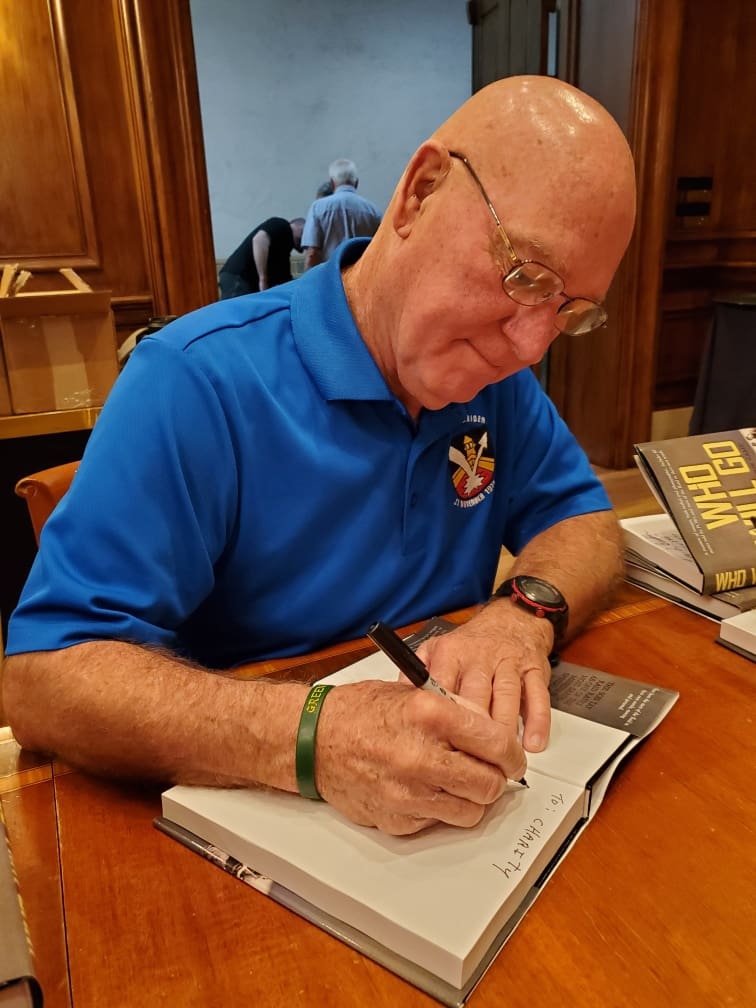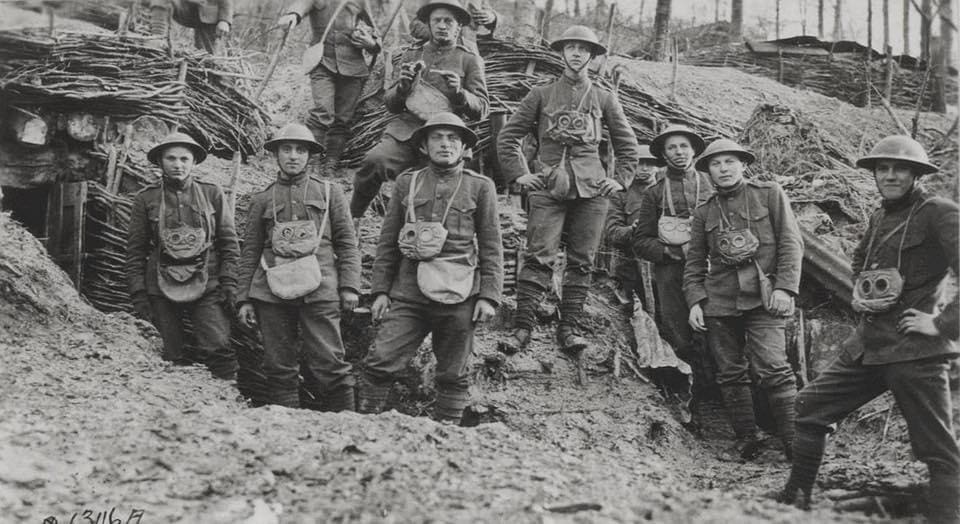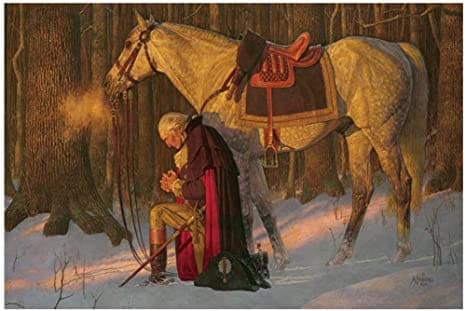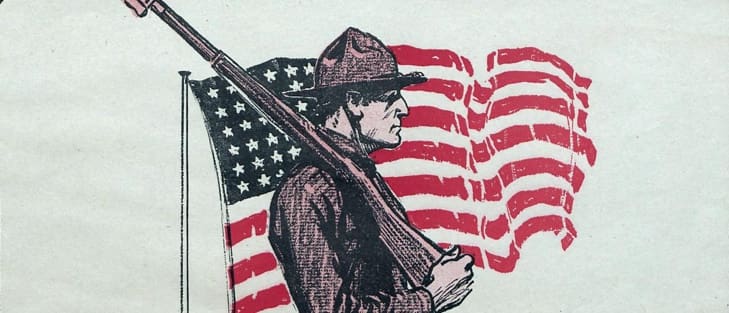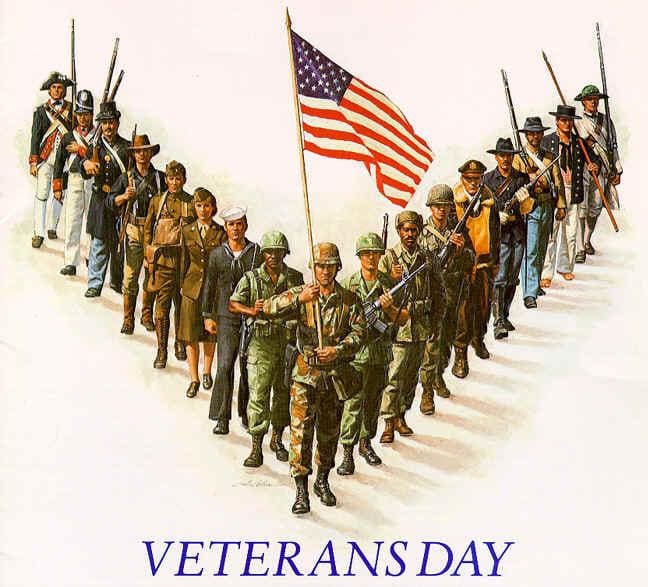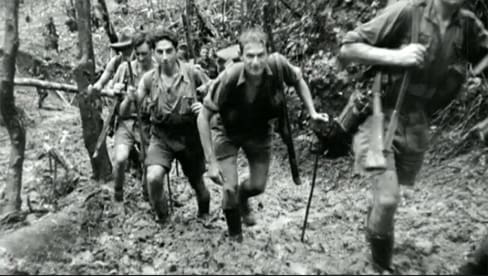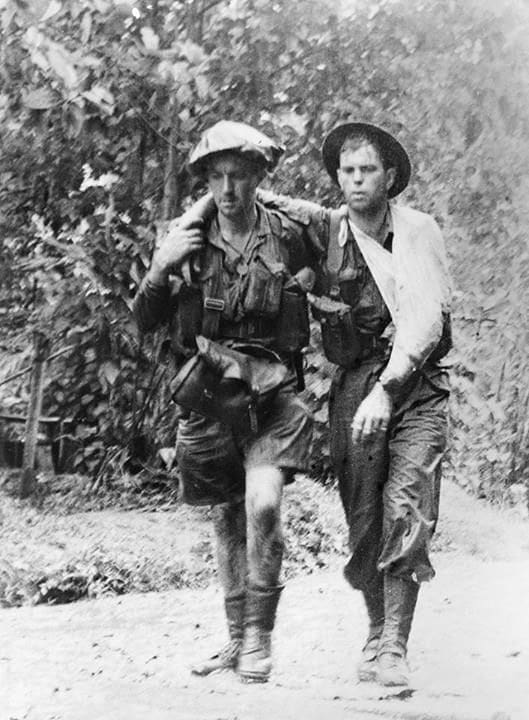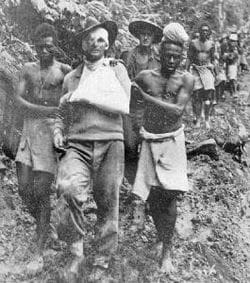I wanted to write about the U.S. Navy’s first Jack and the history of “Don’t tread on me” in the U.S. Navy, to give people the history of it and to show where it came from and that it had nothing to do with anything other than to tell the King of England we don’t work for you no more. The Navy Jack is not to be confused with the Gadsden flag (yellow flag with a collided up snake, see below). Which possibly started as the flag of South Caroline and later the first Commodores of the U.S. Navy fleet.
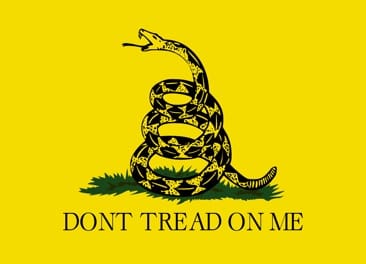
The rattlesnake (specifically, the Timber Rattlesnake) is especially significant and symbolic to the American Revolution. The rattle has thirteen layers, signifying the original Thirteen Colonies. Additionally, the snake does not strike until provoked, a quality echoed by the phrase “Don’t tread on me.”
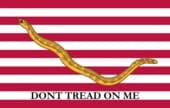
The United States Navy originally started as the Continental Navy, established during the American Revolution by the Continental Congress by a resolution of 13 October 1775. There is a widespread belief that the Continental Navy ships flew a jack consisting of alternating red and white stripes, having the image of a rattlesnake stretched out across it, with the motto “Don’t Tread on Me.” That is actually hard to prove as “fact.” But there was a letter in 1778 that John Adams and Benjamin Franklin wrote to the Ambassador of the Kingdom of Sicily, thanking him for allowing entry of U.S. ships into Sicilian ports. The letter describes the U.S. flag according to the 1777 Flag Resolution but also tells a banner of “South Carolina, a rattlesnake, in the middle of the thirteen stripes.
It is well documented that the rattlesnake and the motto “Don’t Tread on Me” were used together on several flags during the War of Independence or The American war’ / ‘the war with America ‘as the British call it. The only question in doubt is whether the Continental Navy used a red and white striped flag with a rattlesnake and the motto “Don’t Tread on Me” as its Jack. The evidence is inconclusive, but there are a lot of reasons to think it was. There is reason to believe that the Continental Navy Jack was simply a red and white striped flag with no other adornment.

The rattlesnake emerged as a symbol of the colonies of North America about the time of the Seven Years War or the French and Indiana war( the Seven-year war was a global conflict that involved every great European power from 1756-1763 ) when the motto “Join or Die.” first appeared in Benjamin Franklin’s Pennsylvania Gazette in 1754, like a political cartoon reflecting on the Albany Congress. It was intended to get the Americans to join against the French during this time.
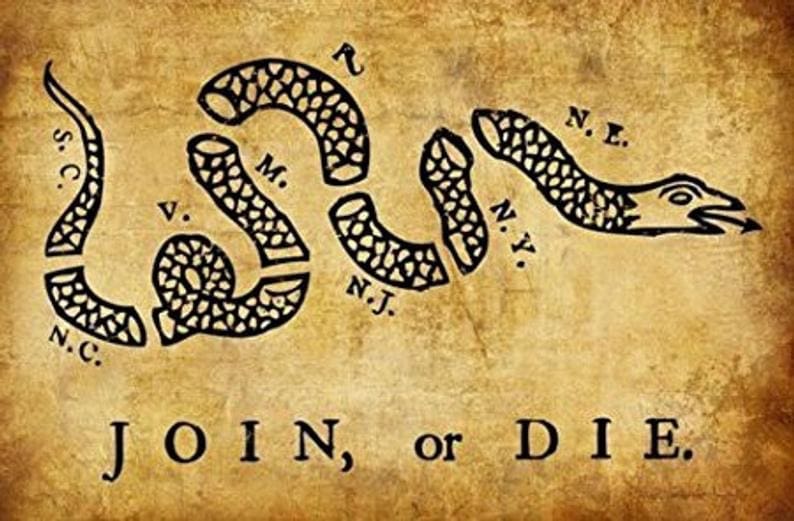
By the time of the War of Independence, the rattlesnake, frequently used in conjunction with the motto “Don’t Tread on Me,” was a common symbol for the United States, its independent spirit, and its resistance to tyranny. Two American military units of the Revolution are known to have used the rattlesnake and the “Don’t Tread on Me” motto: Proctor’s Independent Battalion of Westmoreland County, Pennsylvania, and Sullivan’s Life Guard during the Rhode Island campaign of 1777. The rattlesnake and the motto also appeared on military accouterments, such as drums, and state paper currency, during the Revolution.
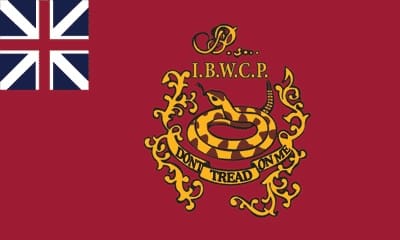
The rattlesnake’s image and the motto “Don’t Tread on Me” certainly had associations with the Continental Navy.
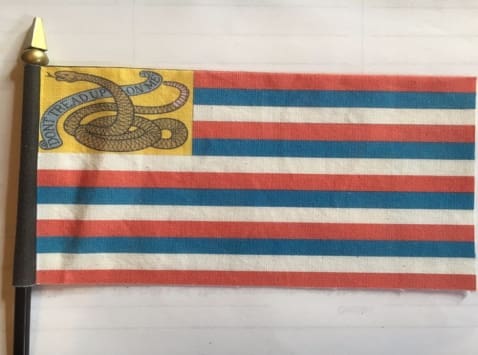
On 27 February 1777, a group of Continental Navy officers proposed that the full-dress uniform of Continental Navy captains include a gold epaulet on the right shoulder with “the figure of a Rattle Snake Embroidered on the Strap . . . with the Motto don’t tread on me.”
In early 1776 Commodore Esek Hopkins, the first and only commander in chief of the Continental Navy fleet used a personal standard (flag) designed by Christopher Gadsden of South Carolina. This flag consisted of a yellow field with a coiled snake and the motto “Don’t Tread on Me.” There is no doubt about the authenticity of Hopkins’s standard, usually referred to as “the Gadsden flag.”
The only written description of the Continental Navy jack contemporary with the American Revolution appears in Commodore Hopkins’s “Signals for the American Fleet,” January 1776, described as “the striped jack.” No document says that the Jack had a rattlesnake or motto on it. Elsewhere, Hopkins mentions using a “striped flag” as a signal. Since American merchant ships often displayed a simple red and white striped flag, there is a good chance that the striped Jack to which Hopkins refers was the same striped flag used by American merchant ships.
An 18th-century portrait of Esek Hopkins shows him where several warships are displayed. One flies a white flag, with a tree, and the mottos “Liberty Tree,” and “An appeal to God.”(posable Massachusetts first flag, and as the U.S. Navy was started in Mass) Another warship flies a striped flag with a rattlesnake and the motto “Don’t Tread Upon Me.”
The flags in these prints are not at the bow, where a jack would go, but at the stern, the proper place for the national ensign. Again, the pine tree flag was the flag that Mass wanted as the Nation ensign and used by all ships from Mass, and again the Navy was born in Mass, so it goes to say that might have that flag on there. Also, let’s be clear that New England and South Caroline basally started the war. So it also goes to say they would be on our ships. The historical evidence makes it impossible to say whether the Continental Navy used the striped rattlesnake flag as its Jack.
Simultaneously, the evidence suggests strong connections between the symbol of the rattlesnake with the motto “Don’t Tread on Me” and the United States’ earliest naval traditions. Fast forward to 9/11/ 2002. The Navy authorized all active merchant and coast guard ships to fly the First Navy Jack on their bow in port. They did this on the first anniversary of 9/11. Before then, the longest servicing ship was the only ship that was allowed to use it to show they were the oldest commissioned ship still in service (not counting the USS Constitution). All U.S. Navy personal adopted it in the Persian Gulf to wear on their shoulder fighting in the War on Terroir. It is still allowed to be worn on the Navy Working Uniform. The Navy has since gone back to the tradition of only the oldest ship using the “don’t tread on me” flag. Now the USS Blue Ridge. I hate to think this is happening because people think it means something that it doesn’t. So, it is clear that the flag has a long history with the Navy and the U.S.
I wanted to write this because it is now apparently a racist symbol. I am tired of things being highjacked by groups, and, let say, someone who has served 26 years in the Navy can’t wear it, or people think they are a racist. I am not pollical (I say as I write this). If you are a racist, white, black, green, blue, whatever color you are, go out and make a shirt that says “I am a racist” stop taking things from our history that have nothing to do with race and saying that it does. Stop taking history and twisting it into something for yourself. Man, up if you want to be a racist, come up with your own symbol. Don’t make it complicated. Make hats, shirts, and stickers that just say you are a racist. That way, it won’t confuse you or your buddies, and everyone will know where you stand. But don’t use something that has meant so much to this great country’s history and claim it implies something that it never has.
